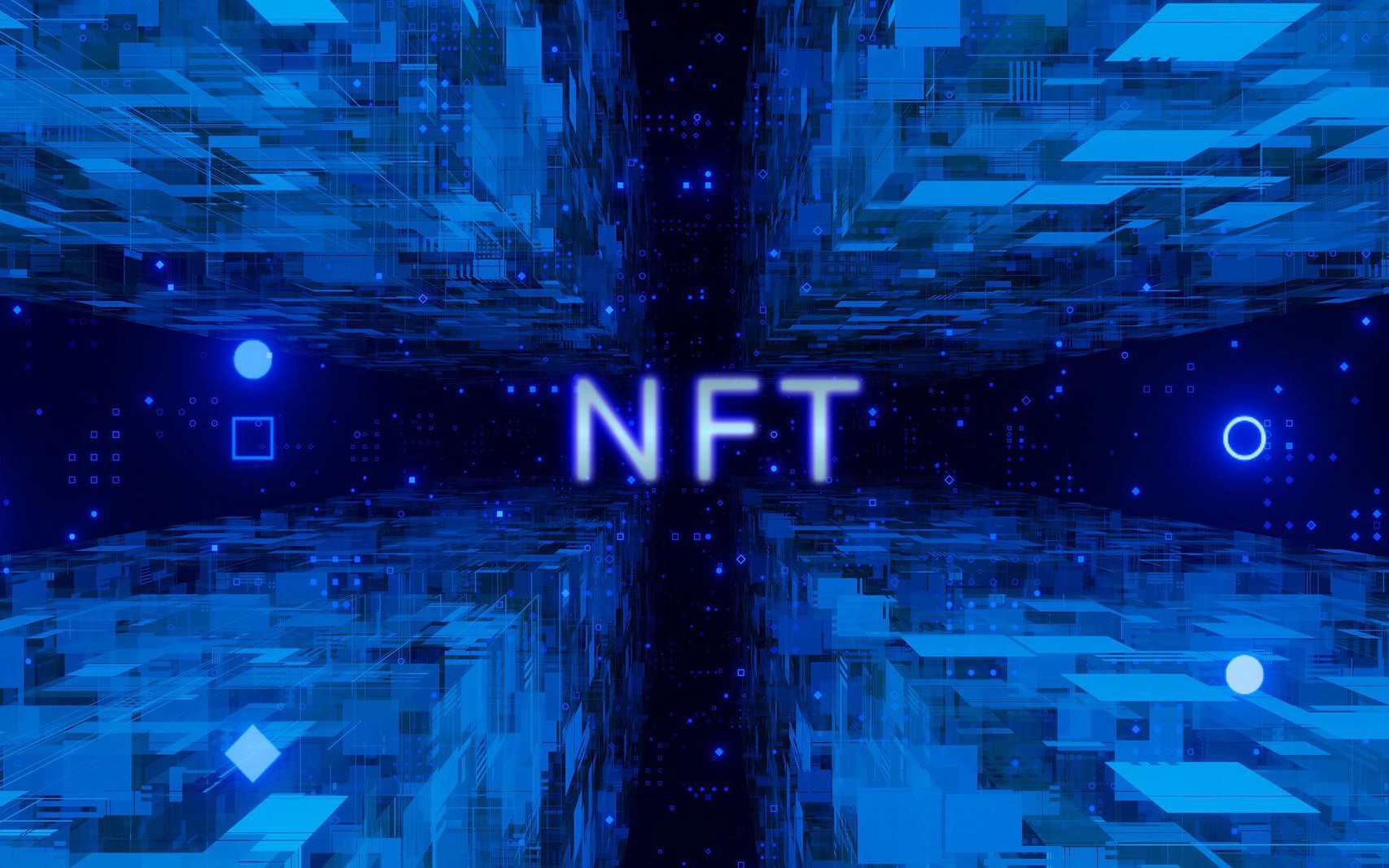The Complete Guide to NFT Costs, Fees, and Free Minting in 2025
Introduction to NFT Costs and Minting Fees
The world of Non-Fungible Tokens (NFTs) has rapidly evolved, creating new opportunities for artists, collectors, and investors. However, the associated costs—minting fees, gas fees, and platform commissions—can significantly impact profitability.
In this guide, you'll discover the detailed breakdown of NFT costs, minting fees, and strategies for free minting in 2025. Whether you're a creator or investor, understanding these expenses is essential for making informed decisions in the NFT marketplace.
What Are NFT Costs?
NFT costs refer to the various expenses incurred during the creation, buying, selling, and transferring of digital assets. These costs can vary based on the blockchain, platform, and transaction volume.
Key Components of NFT Costs
- Minting Fees: The cost to create (mint) an NFT on the blockchain.
- Gas Fees: Network transaction fees paid to miners for processing transactions.
- Platform Fees: Commission fees charged by NFT marketplaces.
- Royalty Fees: A percentage paid to the original creator on secondary sales.
- Listing Fees: Some platforms charge a fee to list your NFT for sale.
NFT Minting Costs Explained
What Is NFT Minting?
Minting refers to the process of creating a new NFT on a blockchain. When you mint an NFT, you record its metadata and ownership details on the blockchain, making it a unique and tradable digital asset.

Minting Fees on Popular Blockchains
The cost of minting an NFT varies based on the blockchain network used:
Ethereum (ETH)
Gas Fee Range: $20 – $200 (varies based on network congestion)
Advantages: Most popular and widely used for blue-chip NFTs.
Downside: High transaction fees during peak times.
Polygon (MATIC)
Gas Fee Range: $0.01 – $0.10
Advantages: Low-cost minting and fast transactions.
Downside: Less liquidity compared to Ethereum.
Solana (SOL)
Gas Fee Range: $0.00025 – $0.01
Advantages: Extremely low fees and fast processing.
Downside: Fewer high-value collections compared to Ethereum.
Tezos (XTZ)
Gas Fee Range: $0.20 – $1.50
Advantages: Eco-friendly and cost-effective.
Downside: Limited marketplace adoption.
NFT Gas Fees: What You Need to Know
What Are Gas Fees?
Gas fees are transaction costs required to process operations on a blockchain. These fees vary depending on network activity and demand.
Factors Affecting Gas Fees
Network Congestion: During high demand, gas fees increase significantly.
Transaction Complexity: More complex operations (e.g., minting multiple NFTs) require higher gas fees.
Priority Levels: Users can pay higher fees to prioritize their transactions.
How to Save on Gas Fees
Use Layer-2 Solutions: Platforms like Immutable X and Polygon offer low-cost, high-speed transactions.
Time Your Transactions: Gas fees are lower during off-peak hours.
Batch Minting: Mint multiple NFTs in a single transaction to reduce costs.
Hidden NFT Costs You Should Know
Besides gas and minting fees, there are additional costs to consider:
Metadata Storage Fees: Some platforms charge fees for storing NFT metadata off-chain.
Transfer Fees: Moving NFTs between wallets may incur transfer fees.
Currency Conversion Fees: If you convert fiat to crypto, you may face exchange fees.
Secondary Sale Fees: Royalties deducted on secondary sales reduce your earnings.
Strategies to Minimize NFT Fees
1. Choose Low-Fee Blockchains
Use Polygon, Solana, or Tezos for low-cost minting.
Avoid Ethereum during peak congestion periods.
2. Use Free Minting Platforms
Opt for lazy minting on platforms like Bermuda Unicorn.
Take advantage of promotional free minting events.
3. Mint in Batches
Combine multiple NFTs into a single minting transaction to reduce costs.
This is particularly useful for large NFT collections.
4. Time Your Transactions
Gas fees are lower during off-peak hours, such as late-night UTC time.
Use gas tracking tools like Etherscan or GasNow to monitor fee fluctuations.
Conclusion
Understanding the costs and fees associated with NFTs is essential for creators, collectors, and investors. By leveraging free minting platforms, minimizing gas fees, and selecting low-cost blockchains, you can significantly reduce your expenses while maximizing your profits.
As the NFT space evolves, being strategic with fee management and platform selection will give you a competitive edge in the market.
Comments
Post a Comment